The inverter is probably the most important component of a solar system – it has the most electronics, meaning it has the highest chance of something going wrong. It’s also what makes all the wonderful free electricity generated by your solar panels usable. There are many available, from established brands to new companies trying to cash in on the solar boom, so it’s important to know what you’re getting.
Let’s begin!
Fronius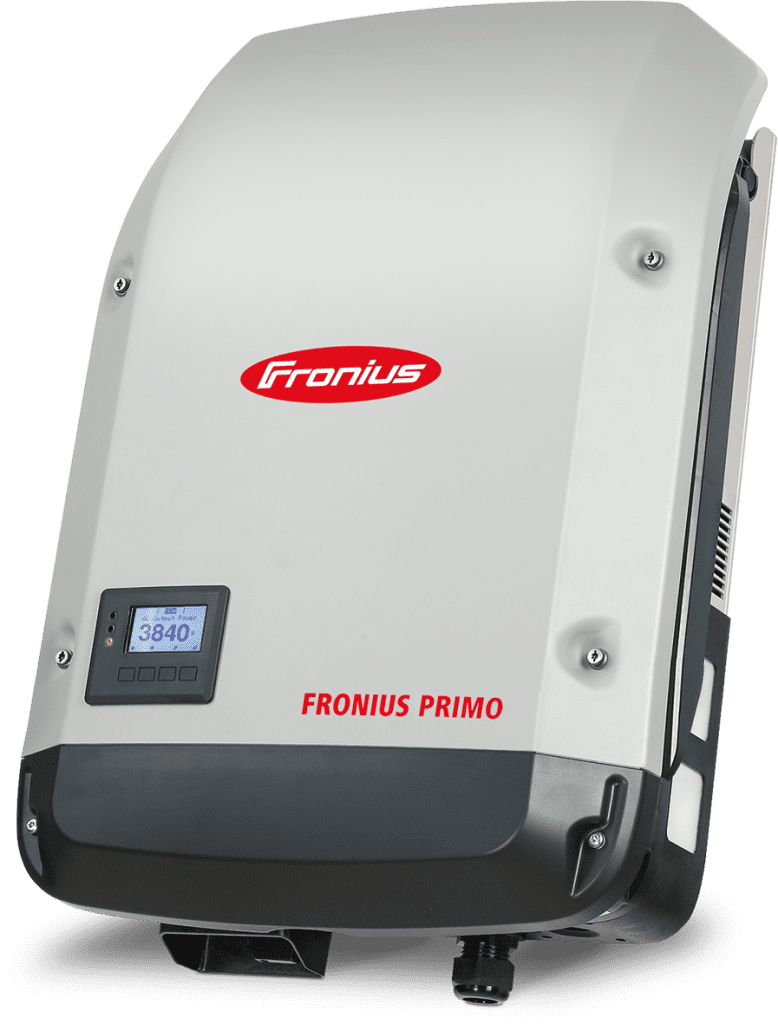
Fronius have been around since the ’40s, and have been making solar inverters for decades out of their base in Austria. They’re in the process of releasing their new Gen24 range, but these won’t be truly available until next year (especially the non-hybrid models).
Austrian. On the border with Germany, Austrians value quality over quantity. With a Fronius, you’re buying from people who won’t cut corners.
Reliability. It’s very, very rare for a Fronius inverter to have issues. This is both due to their excellent design (including active cooling) and rigorous quality control.
Flexibility. Even the Primo 5 (5kW single-phase inverter) can have two MPPTs allowing two parallel strings into each (i.e. four strings total). This allows much more flexible designs than inverters with a single MPPT, or even two MPPTs but only a single string in each – which is the norm for 5kW inverters.
☹ Noise. Fronius inverters have active cooling (i.e. a fan). This keeps the inverter cooler and extends its lifespan, although it does make them louder than other inverters that run hotter.
☹ Commercial inverters. Currently their largest inverter is 27kW, whereas others make 110kW+. Fronius are bringing out a 50kW and 100kW inverter, but they’re relatively inflexible.
☹ Price. It’s a premium inverter, and it comes at a premium price. That said, if you were to splurge on one component of your PV install, the inverter would be it.
See our Fronius review here
More info Fronius here
More information on the Fronius Gen24 hybrid inverters click here
Sungrow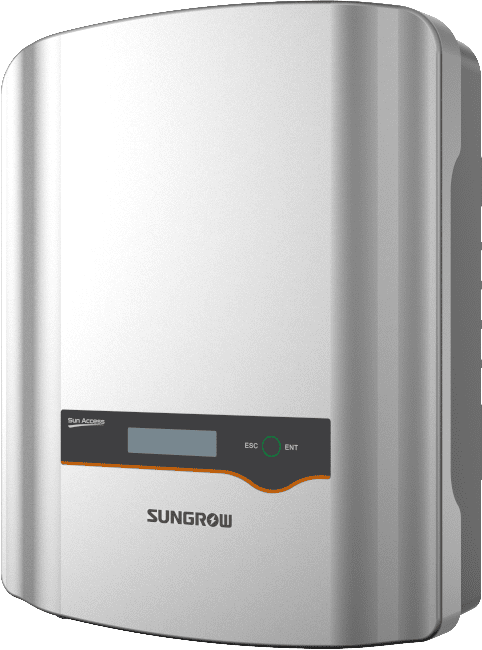
Sungrow are the second-biggest solar inverter manufacturer worldwide, behind only Huawei. Many bill-buster companies sell them as their premium inverter.
Quality. The build-quality of Sungrow is not quite Fronius level, but it is still excellent. We’ve installed hundreds of Sungrow inverters and have had very few issues. Their technical support is also excellent.
Models available. From 1kW to 110kW, single or three phase, hybrid or no – Sungrow can fulfil your any need.
Price. They’re cheaper than the European-made ones, which makes them very competitively priced. Perfect to pair with a mid-price panel such as Canadian Solar.
☹ Chinese. Some people think Made in China means low-quality. Sungrow is Chinese, but far surpass other Chinese brands.
See our Sungrow review here
More info on Sungrow here
Enphase
Enphase manufacture micro inverters which means every single solar panel has a small inverter instead of one inverter for the whole system.
Micro Inverter. With Enphase, every solar panel on your roof will have its own inverter. This means every panel will work totally independently and will not be affected by others that may be shaded or otherwise impaired. For a full explanation click here.
Design. You can fill your roof with solar panels and not have to worry about how they are connected together. With a standard string inverter you will need to have a minimum amount of panels connected together (usually at least 5).
Monitoring. You can monitor every solar panel individually instead of just the overall solar system performance.
☹ Big solar. For larger solar systems Enphase become quite difficult to justify. You will need one inverter per panel so if you have arrays larger than a 10kW home system, the cost gets pretty high!
☹ Cost? Even for smaller solar systems, the cost for an Enphase microinverter is approximately 2.7 times as much as a standard string inverter.
☹ Reliability. If you use microinverters, it means you will have extra working parts on the roof. This means more potential points of failure.
SMA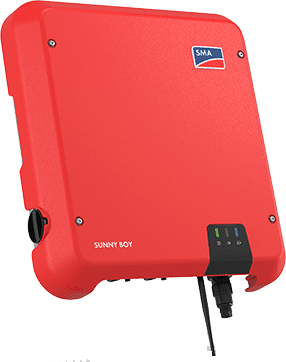
The second European manufacturer on the list, and also one of the oldest in the industry. The colourful SMA inverters are made by the the third-biggest inverter manufacturer worldwide.
German. German engineering is known worldwide as a sign of quality. As with the Austrians, they don’t cut corners.
Years in the industry. SMA have been making solar inverters since the ’80s, so they really know what they’re doing.
Off-grid. Their Sunny Island is famous for off-grid solutions, and are a strong competitor to Selectronic and Victron.
☹ Price. They’re priced similarly to Fronius, so you’d pay more for one than most alternatives.
☹ Sunny Boys are Chinese-made. Currently the standard residential inverter is made in China, not in Europe.
☹ No screen. Some people like a screen on their inverter, to check performance or error logs. The SMA doesn’t have one.
See our SMA review here
More info on SMA here
FIMER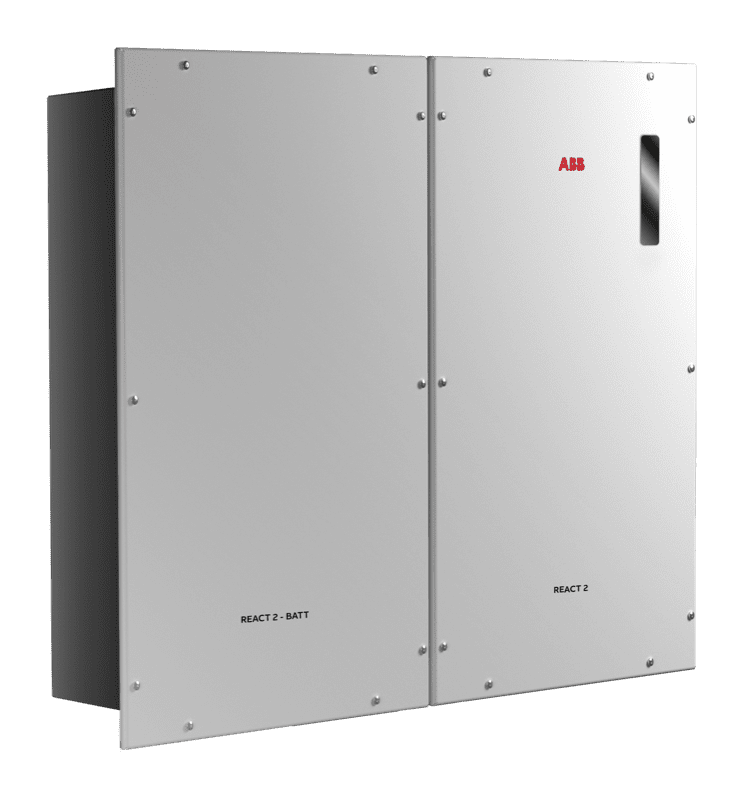
These inverters have gone though a range of owners in the last few years, from PowerOne to Aurora to ABB and now (from this year) FIMER – although currently they’re still branded ABB.
Italian. Another European brand, PowerOne was Italian from the start, and the inverters have always been manufactured there.
Mid-price. They’re conveniently priced between the Sungrow and the Fronius.
Company. FIMER, and ABB before, are huge electrical engineering companies. They’ve always had the know-how and resources to create and support top products.
☹ Company changes. They have changed companies a few times, although most of the staff has stayed consistent throughout.
☹ Diversified companies. Although good for warranties and support, they’re not focussed on the sole goal of making the best inverters, so it’s possible they’re not as focussed on their solar division than other manufacturers.
See our FIMER review here
More info on FIMER here
Solaredge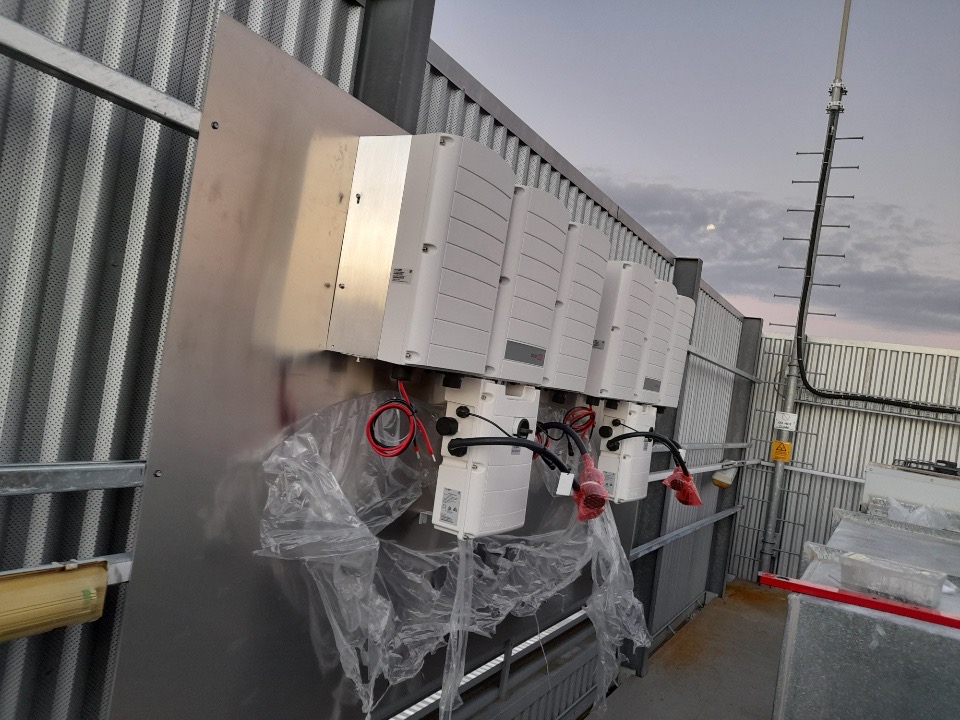
Solaredge manufacture inverters with power optimisers meaning individual solar panels can operate as a singular, instead of in a string configuration.
Optimisers. With Solaredge, you have an optimiser on each panel which means it will operate independently. This means if one of your panels is affected by shade or debris it will not affect the rest. A string inverter means a bunch of panels will be connected together and the lowest performing one in the string will drag the rest down with it. For a full explanation click here.
Price. If you need a set up where panels will operate individually then Solaredge are well priced compared to other alternatives.
Warranty. Solaredge provide a 12-year product warranty as standard.
Big projects. For large commercial projects, Solaredge are very versatile and you can easily design cost effective arrays even with the extra cost of optimisers.
☹ Needed? Your roof may not require optimisers. If you do not have a shaded roof or a difficult panel design you can probably save money with a string inverter and not notice much difference in production.
☹ Reliability. If you use solar optimisers it means you will have extra working parts on the roof. This means more potential points of failure.
Growatt/GoodWe/Solis/Solax…
You’ll see these advertised with all the too-good-to-be-true bill-buster systems advertised all over social media – cheap Chinese inverter with cheap Chinese panels and cheap Chinese racking.
Cheap. More money in your pocket right now.
☹ Unreliable. When we were a young company, we installed these budget inverters. Unfortunately we had a lot of failures, so no longer use them. We want to install a system that will work for many years – we don’t enjoy doing warranty claims!
☹ Chinese. Although there are some good things coming out of China (see above), the Made in China stereotype exists for a reason. Their emphasis is on volume, not longevity.
☹ Risky. Most of these companies were founded in the 2010s; they don’t have the decades of manufacturing experience other brands do. And will they be here in another 10 years to honour their warranties?
Conclusion
The best inverters come out of Europe, but you do have to pay extra for this. Most of the other inverters are made in China, and you generally get what you pay for, although Sungrow stands out as a premium Chinese inverter.
Want to speak to one of our experts? Get in touch!
Here are some other links you may find helpful:










